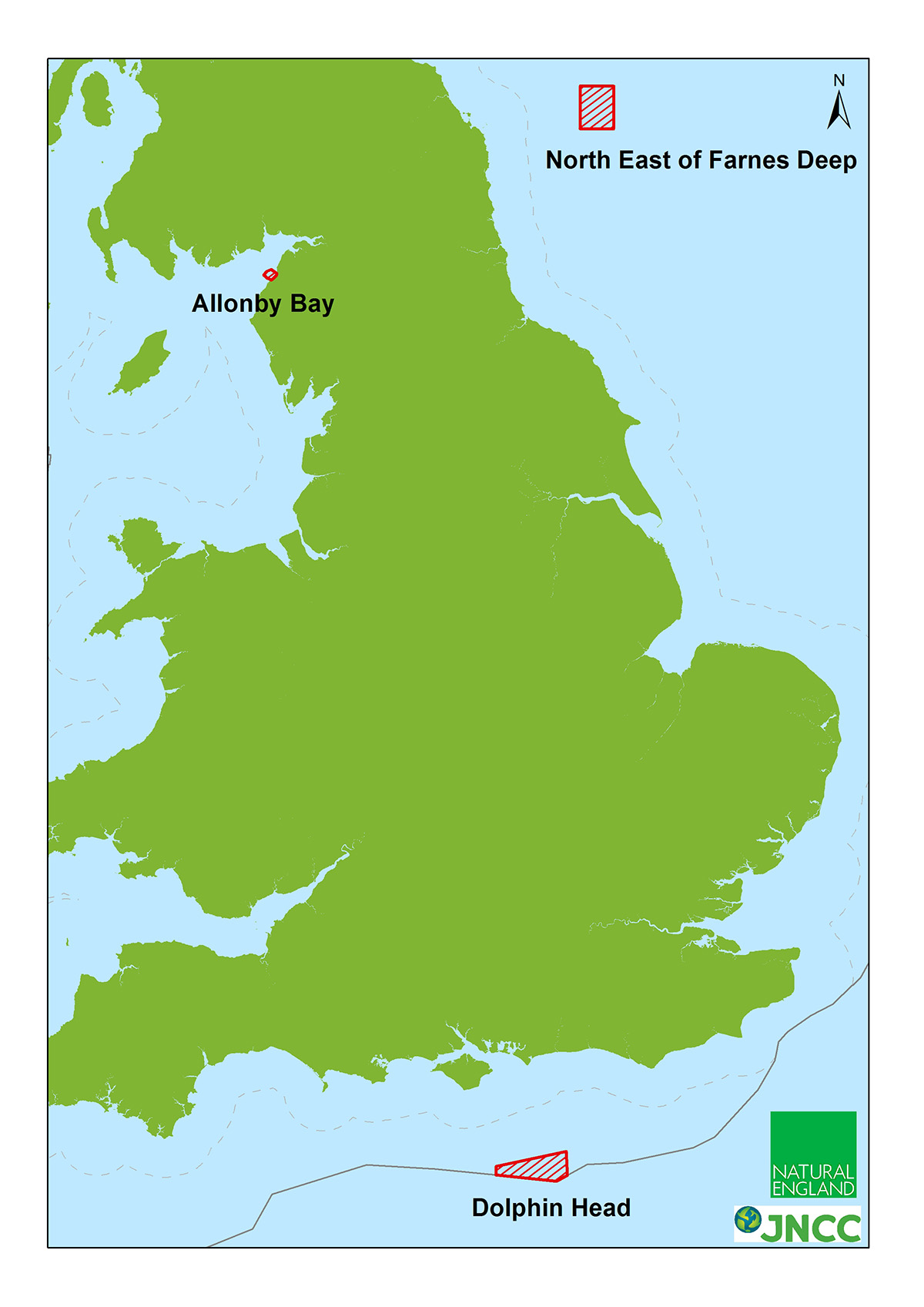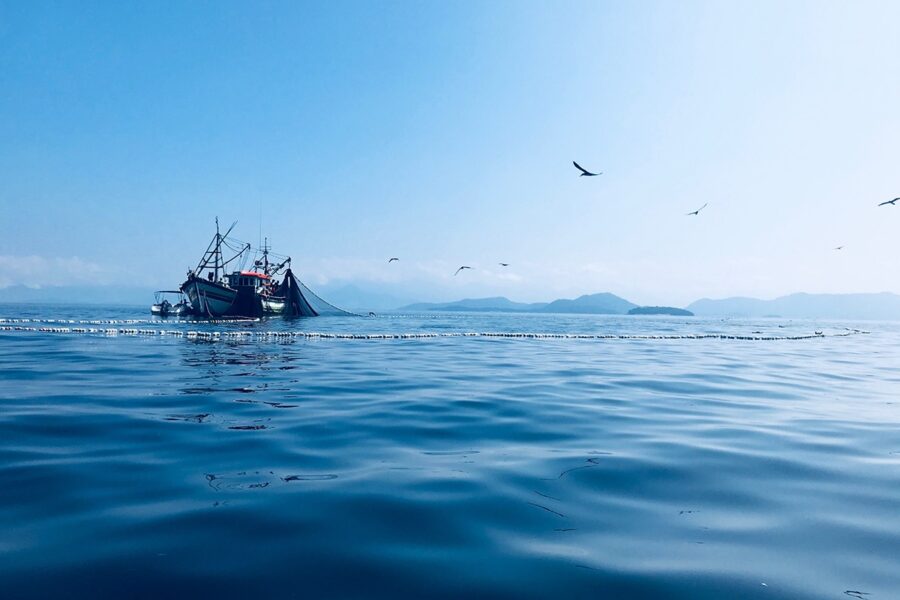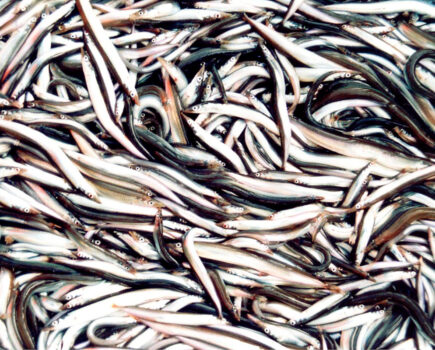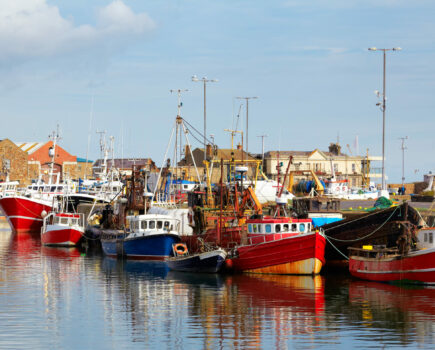Lindisfarne escapes designation – other boundaries amended
Environment secretary Thérèse Coffey announced last Tuesday the final decisions on the five candidate sites for the first HPMAs in English waters, reports Andy Read.
The announcement comes after an eight-month consultation period that started in 2022, some of which generated considerable controversy.
“Highly Protected Marine Areas are a vital step forward in enabling our ecosystems to thrive,” said Thérèse Coffey, “increasing climate resilience and ensuring we have a healthy and productive marine environment for generations to come.”
The first three Highly Protected Marine Areas include inshore and offshore sites, and will complement the existing network of Marine Protected Areas covering 40% of English waters. Their introduction follows recommendations in the Benyon Review that aimed to ‘help achieve clean, healthy, safe, productive and biologically diverse ocean and seas, and drive forward the government’s commitment to protect at least 30% of the ocean by 2030’.
The three areas confirmed are Allonby Bay (Irish Sea), Dolphin Head (Eastern Channel) and North East of Farnes Deep (northern North Sea). The much more controversial site, Lindisfarne, subject to a groundswell of local opposition that caught the attention of national media, will not be designated. A second candidate site, Inner Silver Pit South, was also dropped from the list of sites proposed for designation later this year.

The three areas designated are expected to have full legal protection by 6 July, 2023. (Map: JNCC/Natural England)
Defra also confirmed in the announcement that ‘after listening to the views and evidence raised in the consultation, boundaries have been modified to reduce social and economic impacts at Allonby Bay and improve control and enforcement at Dolphin Head’.
Over 900 individual responses to the consultation were received.
All ‘harmful activities’ including fishing, construction and dredging will be banned in the areas to be designated. Critics on social media were quick to ask if sewage discharges would be included in this ban.
The designations follow the detailed independent review led by former fisheries minister Lord Richard Benyon, which made a number of recommendations about the selection and designation process for HPMAs. Welcoming the announcement, he said: “This is a crucial next step to aid marine ecosystem recovery in our waters, and I’m delighted to see my recommendations become a reality today.
“Not only will the first of these Highly Protected Marine Areas protect important species and habitats, but they will propel the UK forward in our mission to protect at least 30% of the global ocean by 2030.”
Perhaps unsurprisingly, the chair of Natural England Tony Juniper also welcomed the announcement. He echoed comments quickly made by a number of environmental groups that this was the start of a process, not the end, saying: “I welcome this as a first step towards greater protection of our marine wildlife. I also look forward to working with government to identify additional areas where important marine habitats and species can benefit from the highest levels of protection.”
No specific mention was made of the huge groundswell of opposition to some of the proposals, in particular the proposed Lindisfarne HPMA, the boundaries of which would have prevented any traditional potting, but still allowed wildfowl shooting to take place – in an area almost entirely surrounded by the HPMA itself.
Local fishermen highlighted on social media the impact that the proposal had had on many families, in an area with little alternative employment, and that had been a byword for enlightened fisheries conservation and management.
NFFO chief executive Barrie Deas said the whole HMPA policy was ‘misconceived’, and that he had felt at quite an early stage in the consultation process that the Lindisfarne proposal would not go ahead.
“It’s so clear that the fishing that does go on in Lindisfarne is pretty modest, low-key inshore fishing that is very compatible with the local ecology and has been going on for thousands of years,” he told Fishing News.
“What you’ve had in Lindisfarne is a very strong, well-organised community reaction to what is a one-dimensional approach that didn’t take into account the impact on the local fishing industry and community, and that made a big difference.”
He said the NFFO had pointed out from the start that HPMAs are a flawed approach. It was clear from the consultation exercise that they are not protecting anything in particular, he said, and the evidence was taken at a very broad level and was not site-specific.
“A lack of a clear rationale is a major weakness of the HPMA policy.
“The whole HPMA policy is misconceived – we’ve said that right from the start. However, we do accept that MPAs have an important role to play – but only when they are well designed, with clear conservation objectives and good evidence.”
This story was taken from the latest issue of Fishing News. For more up-to-date and in-depth reports on the UK and Irish commercial fishing sector, subscribe to Fishing News here or buy the latest single issue for just £3.30 here.
Sign up to Fishing News’ FREE e-newsletter here.








